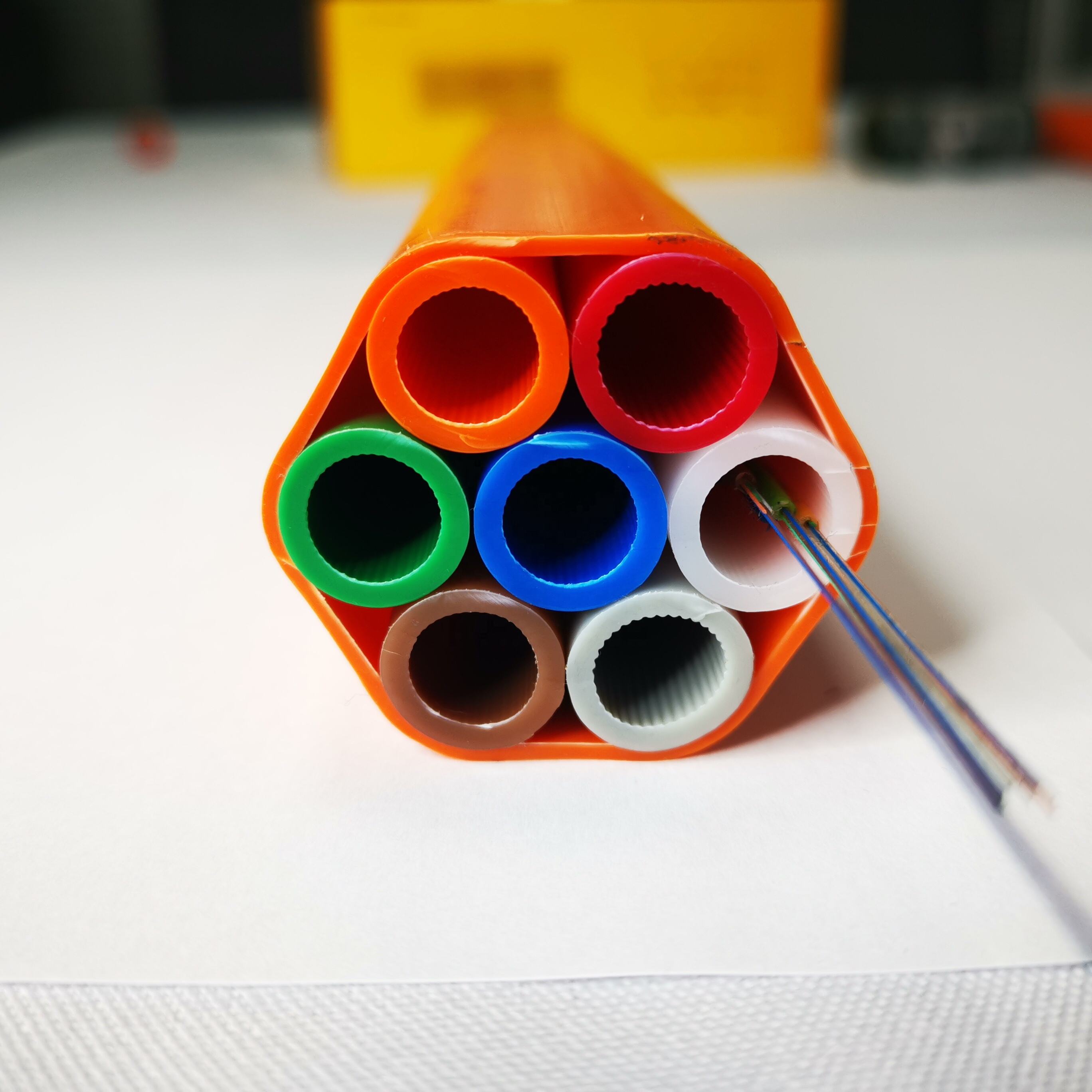Introduction

Telecommunication cables have revolutionized how we communicate in the modern world. From the Qitian internet to smartphones, we heavily rely on these cables to stay connected. This article will explore the journey of telecommunication cables from their design to deployment, including their advantages, innovation, safety, use, how to use, service, quality, and application.
Benefits of Telecommunication Cables
Telecommunication cables have several advantages in contemporary networks. For instance, they offer high-speed data transmission and are very reliable. Additionally, telecommunication cables are energy-efficient and cost-effective. These 1x2 fiber splitter are typically also simple to install and maintain, making them a choice is popular telecommunication service providers. Moreover, telecommunication cables can support a wide range of applications, including sound, data, and video transfer.
Innovation in Telecommunication Cables
Innovation is a force is driving telecommunication cables' development and application in modern networks. For instance, advancements in fiber optics technology have improved cable performance by increasing their 2 core fiber cable data transmission and capacity speed. Additionally, using smaller fiber cables that are optic cable fat, making them more manageable during installation. Moreover, advances in insulation finish materials have enhanced cable durability and performance. As an outcome, contemporary telecommunication cables offer excellent performance and dependability, providing seamless connection experiences.
Security
Safety is a aspect is crucial of cables. During installation and deployment, it's critical to make sure that the cables are managed correctly to avoid electrocution or injury brought on by falls or lifting is heavy. Furthermore, a installation is safe of ensures that they've been efficient in transmitting data. It is important to ensure that the cables are also protected from physical damage, such as for instance being damaged or cut by rodents or construction works. Telecommunication cables usually come with proper installation guidelines to guarantee they are installed properly.
Uses of Telecommunication Cables
Telecommunication cables have diverse applications in modern networks. The 2 core fiber optic cable are essential in providing connectivity is internet homes, offices, and data centers. Furthermore, they're used in linking different telecommunication systems, such as mobile sites, developing a connection experience is seamless. Furthermore, telecommunication cables are found in assisting video conferences, webinars, and online learning, making them an tool is essential remote learning and working.
Just how to Use Telecommunication Cables
Utilizing telecommunication cables is straightforward and easy. First, properly unpack the cables to avoid damaging them during installation. Second, determine and locate the certain areas where you want to install the cables. Third, install the cables securely, following the maker's guidelines. Finally, test the cables to correctly ensure they function.
Service and Quality
Telecommunication cables require proper service and maintenance to optimally ensure they perform. Regular inspections help recognize damage is physical faults triggered by environmental factors such as lightning strikes or pests. Regular maintenance can identify problems that also might degrade cable performance, such as insufficient insulation. Telecommunication cable provider organizations usually give warranties and guarantees of quality. It's essential to purchase and install cables from reputable providers to ensure the reliability and quality regarding the cables.
Applications of Telecommunication Cables
Telecommunication cables have actually a few applications in the world is contemporary. They are essential in networking, supplying data that are high-speed, which is vital in the current fast-paced world. Also, telecommunication cables are accustomed to facilitate online learning, webinars, and conference is remote. They are also used in homes and offices to offer connectivity is internet. Moreover, telecommunication cables are employed in transmitting data to and from mobile phones, making them essential in mobile telecommunication networks.


